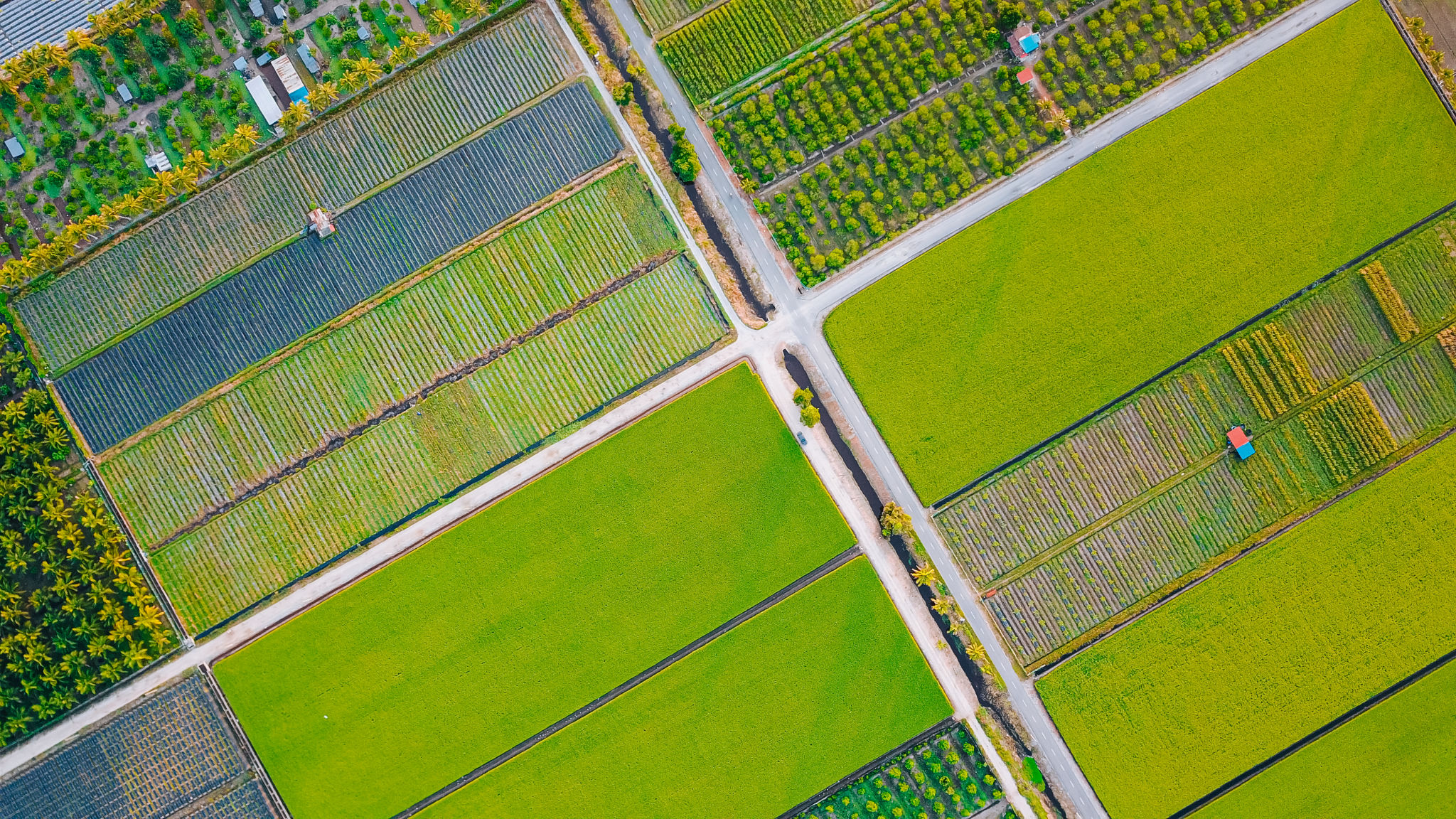The Future of Farming: What Automated Equipment Means for Local Farmers
As technology continues to evolve, the agricultural sector is experiencing a significant transformation. Automated equipment is becoming an integral part of modern farming, offering numerous benefits and challenges for local farmers.

The Rise of Smart Technology in Agriculture
Smart technology is revolutionizing how farmers manage their crops and livestock. With devices that can monitor soil conditions, weather patterns, and plant health, farmers have access to real-time data that helps them make informed decisions. This technology not only increases efficiency but also reduces waste and improves yield.
One of the most impactful advancements is precision agriculture, which uses GPS and IoT devices to optimize field-level management. This method allows farmers to apply resources like water, fertilizers, and pesticides more precisely, ensuring better crop outcomes.

Benefits of Automated Equipment
The introduction of automated equipment brings several advantages to local farmers:
- Increased Efficiency: Automated machines can work longer hours without fatigue, allowing for more extensive and efficient farming operations.
- Cost Reduction: By minimizing the need for manual labor, farmers can significantly reduce operational costs.
- Enhanced Productivity: With technology handling repetitive tasks, farmers can focus on strategic planning and innovation.
Environmental Impact
Automated equipment also plays a critical role in promoting sustainable farming practices. By utilizing resources more efficiently, these technologies help reduce the environmental footprint of agricultural activities. For instance, precision irrigation systems can decrease water usage by targeting only areas that need hydration.

Challenges Facing Local Farmers
Despite the benefits, the transition to automated equipment is not without its challenges. The initial investment cost can be prohibitive for small-scale farmers. Additionally, there is a learning curve associated with adopting new technologies, requiring training and support.
Another concern is the potential for technology to replace jobs in rural communities. While automation can lead to job displacement, it also creates new opportunities in tech support and equipment maintenance.
The Future Outlook
As automated equipment becomes more accessible, its adoption is expected to grow among local farmers. Innovations in technology will likely lead to more affordable and user-friendly solutions, making it easier for farmers to integrate these tools into their operations.

The future of farming lies in the balance between embracing technological advancements and maintaining traditional farming values. By leveraging automated equipment, local farmers can enhance productivity, promote sustainability, and ensure the longevity of their agricultural practices.